DAILY NEWS ANALYSIS 31 JULY
RBI eased the End-use norms for external commercial borrowings
News Important for: GS Paper – 3 I Economy
Context
The Reserve Bank of India has decided to relax norms for end-use of funds raised via the external commercial borrowing (ECB).
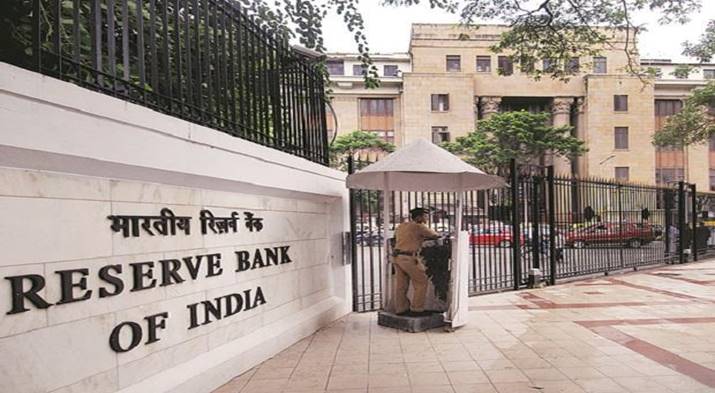
About
â— The End –use norms will be applicable to the companies and non-banking finance companies.
â— The Eligible borrowers will now be allowed to raise ECBs with minimum average maturity period of 10 years for working capital purposes and general corporate purposes.
â— ECBs with minimum average maturity period of seven years can be availed by eligible borrowers for repayment of rupee loans.
â— RBI has also decided to allow corporate borrowers to raise ECBs for repayment of rupee loans availed domestically for capex in manufacturing and infrastructure,
â— For repayment of rupee loans availed domestically for purposes other than capital expenditure and for on-lending by NBFCs, the minimum average maturity period of the ECB is required to be 10 years.
|
External commercial borrowing
External commercial borrowing (ECBs) are loans in India made by non-resident lenders in foreign currency to Indian borrowers. â— It is used widely in India to facilitate access to foreign money by Indian corporations and PSUs (public sector undertakings). â— ECBs include commercial bank loans, buyers' credit, suppliers' credit, securitised instruments such as floating rate notes and fixed rate bonds etc
|
Purpose of Relaxation
â— Working capital requirements
â— General corporate purposes
â— Repayment of rupee loans
Source link:
Insurance scheme for cattle lost to tigers
News Important for: GS Paper – 3 I Biodiversity
Context
The Union Environment Ministry and the Department of Livestock and Animal Husbandry will bring insurance policy to compensate people who lose their livestock to tigers.
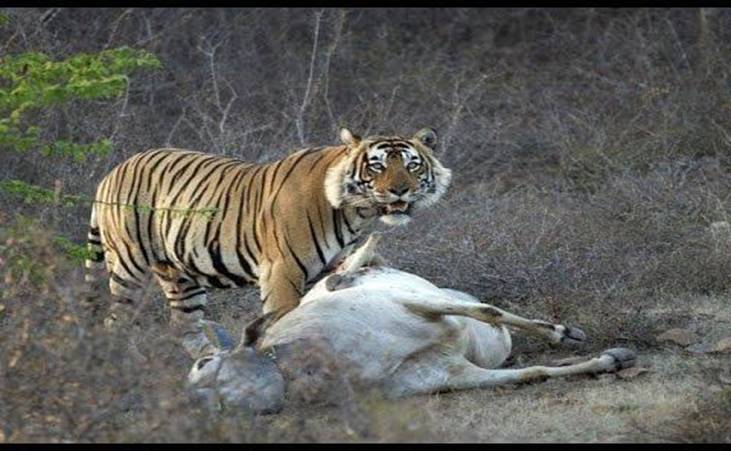
About
â— The Growing tiger base has brought with it challenges of man-animal conflict
â— The central government is exploring a scheme to devise an insurance policy
â— The recent tiger census suggests India has 2,967 tigers
â— The census report suggest 33% jump since the last tiger census in 2014
â— The growing tiger base has also brought with it challenges of man-animal conflict.
â— It was reported that the tigers preying on cattle and sometimes mauling humans who live in the vicinity of their habitat.
â— Presently , there is no policy on compensating people for such cattle lost
Possible Threat
â— The nearly 6% annual increase in the tiger population could mean at least 3,400 tigers by the next survey, and therefore increasing pressure on its habitat and on the occurrence of man-animal conflict.
Recent National Tiger survey
â— Tiger occupancy has increased in the State of Madhya Pradesh and Andhra Pradesh.
â— Madhya Pradesh has also registered a substantial increase in their tiger population and along with Karnataka ranks highest in tiger numbers.
â— The poor and continuing decline in tiger status in the States of Chhattisgarh and Odisha
â— Loss in North East is due to poor sampling.
The report of CAG on GST
News Important for: GS Paper – 2 I Important Aspects of Governance, Economy
Context
The first ever report of CAG on Goods and Services tax has been released.
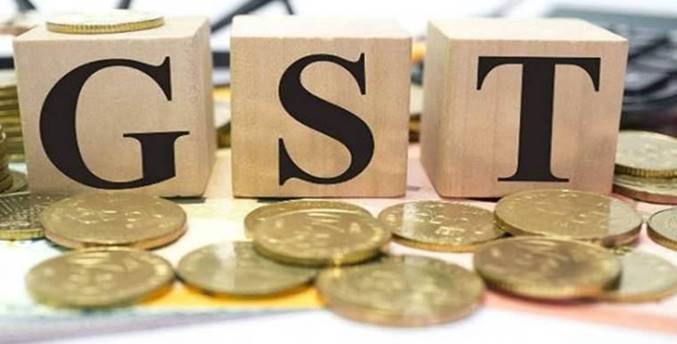
Analysis
â— The Comptroller and Auditor General (CAG), in its ï¬rst ever audit of the Goods and Services Tax, has said the government had failed to try out the system before its rollout, leading to inadequate compliance mechanisms, and lower tax revenues.
â— The report pointed out that the keystone of the system, the invoice matching system, had not yet been put in place even two years after the rollout.
â— It added that compliance in terms of the number of returns ï¬led had been falling month after month, and that the government had not been following the rules set for the transfer of revenue to the States.
â— Even after two years of rollout, system validated Input Tax Credit through ‘invoice matching’ is not in place and non intrusive tax system still remains elusive.
â— The CAG has said that government has not been following the rules set out regarding the transfer of revenue to the States.
â— The report, tabled in Parliament on Tuesday, said the government had transferred the Integrated GST amount in a manner that contravened the rules laid out for such a transfer.
â— Government of India resorted to devolution of IGST year end balance to States as per Finance Commission formula, in contravention of the provisions of the Constitution of India and the IGST Act.
â— This also had the impact of distribution of funds to the States on a completely different basis instead of the ‘Place of Supply’ concept as envisaged in the IGST Act.
â— The report said failure to to try out the system before rollout, had led to lower tax revenues.
â— The growth of indirect taxes slowed down to 5.8% in 2017-18 over 2016-17 as compared to 21.33% during 2016-17, with GoI’s revenue from goods and services taking a 10% dip.
â— The CAG audit found the number of returns ï¬led each month was declining, contrary to the expectation that compliance would improve as the system stabilised.
â— Further, it found that there were discrepancies between the various forms ï¬led.
â— The ï¬ling percentage of GSTR-1 returns (monthly returns on outward supplies) were throughout less in comparison to the corresponding ï¬ling of GSTR-3B returns (summary self assessed return).
â— The introduction of GSTR3B has resulted in ï¬ling of returns with Input Tax Credit (ITC) claims which could not be veriï¬ed.
â— The lower number of GSTR1 returns meant that the tax departments did not have the complete invoice level details ï¬led by the suppliers, which would have allowed authorities to verify the details provided in the GSTR-3B form.
â— The complexity of the return mechanism and the technical glitches resulted in rollback of invoice matching, rendering the system prone to ITC (Input Tax Credit)frauds.
â— Without invoice matching and auto generation of refunds, assessments, etc. on the whole, the envisaged GST tax compliance system becomes nonfunctional.
|
What is GST
â— It is a destination-based taxation system. â— It has been established by the 101st Constitutional Amendment Act. â— It is an indirect tax for the whole country on the lines of “One Nation One Tax” to make India a unified market. â— It is a single tax on supply of Goods and Services in its entire product cycle or life cycle i.e. from manufacturer to the consumer. â— It is calculated only in the “Value addition” at any stage of a goods or services. â— The final consumer will pay only his part of the tax and not the entire supply chain which was the case earlier. â— There is a provision of GST Council to decide upon any matter related to GST whose chairman in the finance minister of India.
|
Source link:
Too much quota may impact right to equal opportunity: SC
News Important for: GS Paper – 2 I Functions and Responsibilities of the Union and the States
Context
The Supreme Court remarked that excessive quota may impact the right to equal opportunity guaranteed under the Constitution.
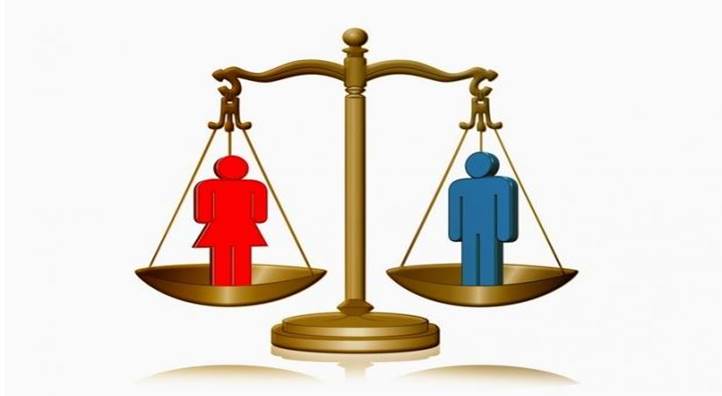
Analysis
â— The Supreme Court stated that Quota is an exception and reservation itself is an exception and is intended to achieve equality of opportunity.
â— He referred to a Constitution Bench a batch of petitions challenging the validity of a constitutional amendment providing 10% economic quota in government jobs and educational institutions.
â— The Supreme Court said that economic reservation violated the 50% reservation ceiling limit ï¬xed by a nine judge Bench in the Indra Sawhney case.
â— Further, the 1992 judgment had barred reservation solely on economic criterion. In a 6:3 majority verdict, the Supreme Court in the Indra Sawhney case, had held that “a backward class cannot be determined only and exclusively with reference to economic criterion.
â— It may be a consideration or basis along with and in addition to social backwardness, but it can never be the sole criterion.
â— After a gap of 27 years, the Constitution (103rd Amendment) Act of 2019 has provided 10% reservation in government jobs and educational institutions for the “economically backward” in the unreserved category.
â— The government however, told the court that the 10% economic quota law was a move towards a classless and casteless society.
Source link:
Indian to continue its eighth term for UNSC United Nation Security Council
News Important for: GS Paper – 2 I International Institutions, International Relations
Context
India emerges as a successful leader for its 8th term of non permanent leadership at United Nation Security Council.
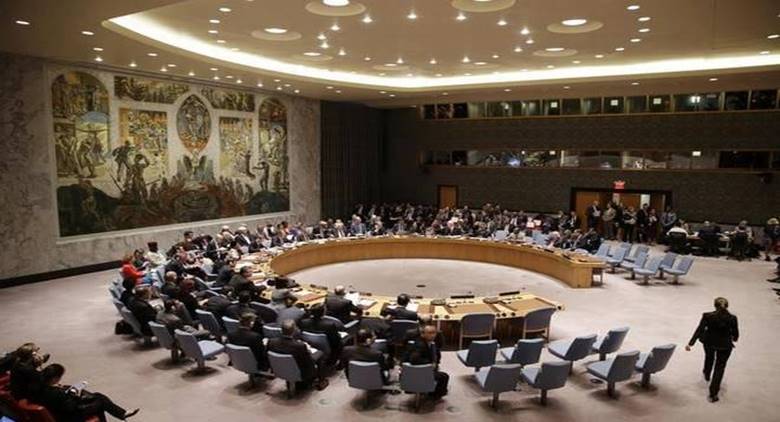
Analysis
Issues ahead of India
â— No permanent Allies: In this changing multipolar world where leadership crisis emerges and trade war is at its peak there is no permanent ally of India for support.
â— For example: America first policy of U.S., Strategic and trade issues with China, Russia an ally of China and Pakistan etc.
â— Country specific issues: India has already taken a balanced stand on the issues of several countries. Among these countryspeciï¬c topics that are likely to reappear before the UNSC are the disputes of Cyprus, Palestine, Ukraine and North Korea. On each of these, India needs a reset towards policies dealing with them.
â— Terrorism angle: India has been a global leader when it comes to raising voice against terrorism. In the coming years terrorism with definitely multiply and will cause strategic and internal damage to several country. India will need to come up with some strong policy to tackle it globally.
What India could do as a non permanent leader of UNSC?
â— India can use its term as a nonpermanent member to enhance its credentials as a constructive and responsible member of international society, but an upgrading of its status will have to wait until an indeterminate future date.
â— India needs to uphold the objective of a multipolar world and counter existing trends towards unilateralism, ethnocentrism, protectionism and racial intolerance.
â— It should seek to protect the World Trade Organisation from American attempts to undermine it, since the WTO’s dispute mechanism is a resource for developing countries, as is the work of the United Nations Educational, Scientiï¬c and Cultural Organization, the UN Human Rights Council and other UN bodies despite the U.S. and a few other countries withdrawing support to them.
â— India should attempt to make progress on the nondiscriminatory elimination of weapons of mass destruction, protection of the environment against global warming, safeguarding outer space from weaponization, and enhancing respect for diversity and plurality in world politics.
◠India should underline the validity of Article 2 of the UN Charter that provides for state sovereignty and safeguard countries against outside interference in the domestic affairs of other states.
â— In upholding respect for a rules based order in international society, India should underline the sanctity of treaties such as the multilateral accord with Iran endorsed by the Security Council and the Paris Agreement on Climate Change.
â— India could use its presence on the UNSC’s sanctions subcommittee to proscribe Pakistan based militant groups and individuals.
â— Accordingly, on all issues before the UNSC, India must give exceptional weightage as to how they will have an impact on the Indian subcontinent.
Conclusion
â— Despite the fact that India has served as a nonpermanent member of the United Nations Security Council (UNSC) more often than any country other than Japan from the AsiaPaciï¬c Group, it is a matter of satisfaction to Indian diplomacy that the Group unanimously decided this year to support India for an eighth second year term. India should aim to end its eighth term on the Council with its merit and legality based judgments intact and widely respected.
Source link:
https://www.thehindu.com/opinion/lead/padding-up-for-the-next-unsc-innings/article28762473.ece



1.png)
